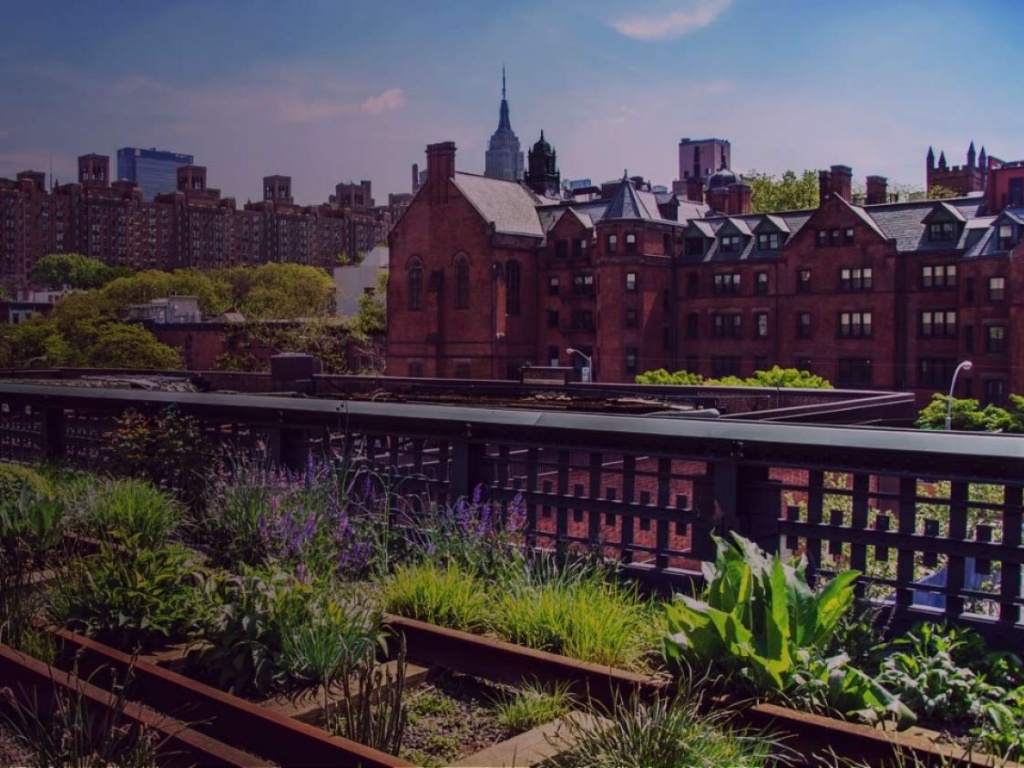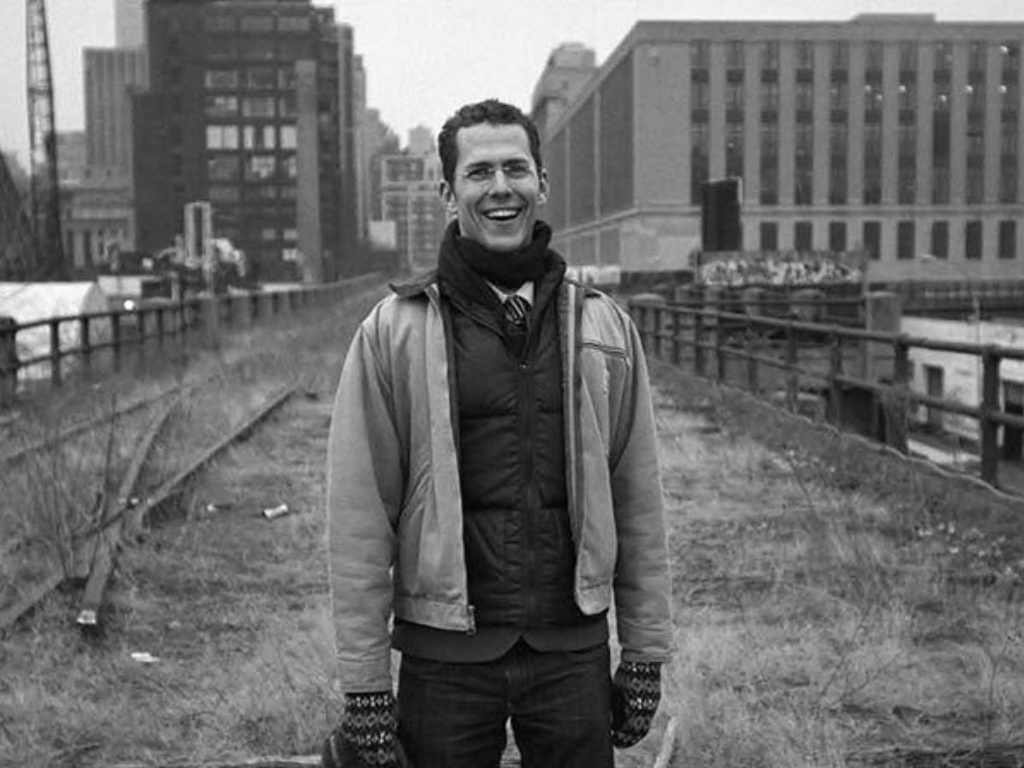
An unlikely park stretching from the Meatpacking District through Chelsea, the High Line has brought extraordinary growth to what was once an underdeveloped portion of Manhattan’s “Lower West Side.” Its primary distinction is its location: an elevated freight rail line that spans from Gansevoort Street to West 34th Street. The park is a total anomaly among city attractions, and doubles as both a tourist “must” and a beloved stomping ground for New York locals. From its lush wildflower gardens and rare views to cultural events and the varied venues that now dot the surrounding area, the High Line’s virtues are many. The most exceptional detail, however, is that it exists at all.

“People love following crazy dreams, like the dream of the High Line,” says Robert Hammond, a consultant to non-profit organisations and co-founder of Friends of the High Line. Hammond met fellow downtowner Joshua David, a journalist, in 1999 at a community board meeting. The two shared a love of this then-abandoned structure, and created Friends of the High Line in the unlikely hope of saving it from demolition. “Josh and I had no experience in architecture or urban planning,” Hammond insists. “It just goes to show that you don’t need experience, money, or even much of a plan. We just saw an opportunity to change our neighbourhood. Josh and I get most of the credit, but we simply raised the flag and allowed others to get behind it.”
The pair summoned support from many prominent city residents — from Mayor Bloomberg and top city council members to designer Diane von Furstenberg and financier Philip Falcone — and raised more than $130 million. In 2004, the city committed to help finance its development. Architects Diller Scofidio + Renfro were joined by top global landscape, planting, and lighting firms in its execution and its first section opened to the public in June 2009. “We wanted to see it become a well-loved park for New Yorkers and inspire other people to know that they can start their own projects,” Hammond says. “What has surprised me most is how much people love it, and that it continues to have such an impact. New York has a great need for open spaces, and this open space has led to over $2 billion in new development in the neighbourhood.”

The High Line — which now welcomes millions of visitors each year — makes a great argument for repurposing cities’ industrial infrastructure. Beyond its beauty and ideal location, its 450-plus annual cultural happenings are a major draw. “Our art programs are constantly changing,” Hammond notes. “Because the High Line runs through Chelsea, the biggest gallery district in the world, we feel a responsibility to bring contemporary art to the public.” Now the jumping-off point for many visitors to the new Renzo Piano-designed Whitney Museum of American Art, which runs between the High Line and the Hudson River, there are even more reasons to visit New York’s extraordinary elevated park.
Written by Andrew Stone
Image credits: Robert Hammond © Robert Hammond, all other imagery © iStock



